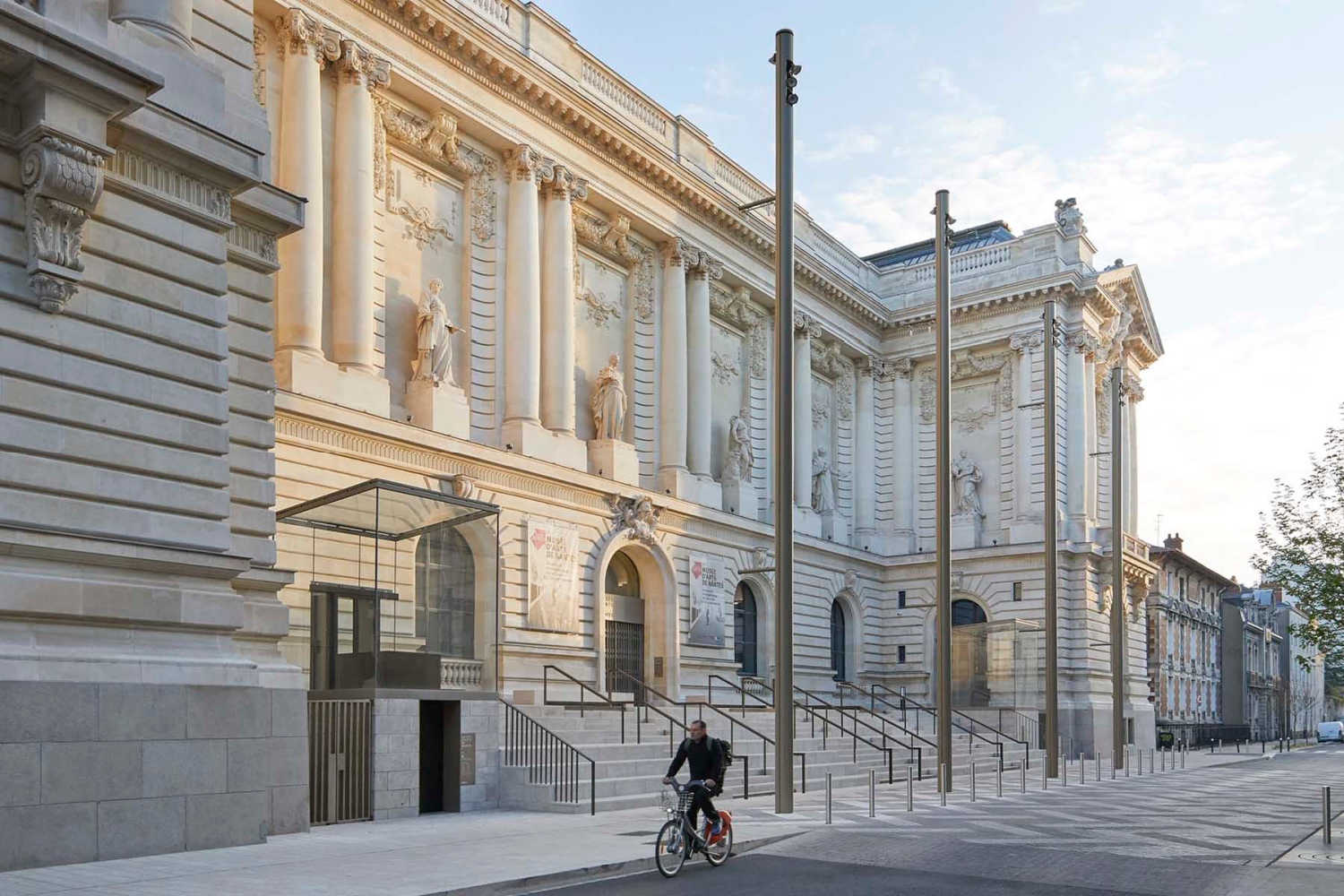
Photo courtesy of Staunton Williams
The Musée d’arts de Nantes and the Musée Fabre in Montpellier are organising an exhibition entitled United States of Abstraction. American Artists in France, 1946-1964, which will be held at Musée d’arts de Nantes, 12th February – 24th May 2021.
Paris as the world capital of Western art
The role of Paris as the world capital of Western art since the 19th century is well recognised and it is also considered an established fact that the City of Light lost this pre-eminence after World War II to New York. The history of Abstract Expressionism, the New York School and its heroes, Jackson Pollock and Willem De Kooning among others, thus became the prevailing narrative of art after 1945.
Nevertheless, we also know that many American artists, musicians and writers, both men and women, continued to travel to France to study and create. More than 400 artists in particular made use of the G.I. Bill scholarship between 1944 and 1953, which allowed any veteran to finance their studies, by enrolling at Parisian art schools and academies.
The exhibition examines their intense presence and the way in which they contributed to redefining abstract art in France at a time when the world geography of art went through profound changes.
They came for a range of reasons: the cultural appeal of Paris, its museums and its masters, the draw of Europe, the possibility of creating without any real constraints through grants, the search for greater freedom, the desire to be elsewhere, to be in Paris as if on an island.
The American Artists in France Exhibition
The exhibition is arranged into three sections. The first section examines works brought together by the critic Michel Tapié, whether in group exhibitions (such as Véhémences Confrontées at the Nina Dausset gallery in 1951, Les Signifiants de l’Informel in 1952 and Un Art Autre at the Studio Facchetti the same year) or in publications from the first half of the 1950s.
These events constitute an exciting attempt to bring together a series of abstract works outside of national considerations, but around the ideas of expressivity, gestural and automatic abstract painting. Several American painters, Jackson Pollock, Willem De Kooning, Mark Tobey, Claire Falkenstein, Alfonso Ossorio were associated with works by Wols, Jean Dubuffet, Georges Mathieu, Jean-Paul Riopelle.
The second section brings together several abstract colourists, such as Sam Francis, Joan Mitchell, Shirley Jaffe, but also Kimber Smith, Norman Bluhm and Beauford Delaney, who found in France a place of freedom and creativity, without establishing strong links with the artists of the School of Paris, with the exception of the Canadian painter Jean-Paul Riopelle. They claim a form of solitude and use the French capital as a stimulating place for creation but remain nevertheless strangely stateless. Their works have in common their large scale, floating forms with intense colours.
The last section looks at how the artists Ellsworth Kelly, Ralph Coburn, John Youngerman and Robert Breer, in relation to some of their elders such as Jean Arp and Alexander Calder and to some of their contemporaries (François Morellet), profoundly renewed geometric abstraction in post-war Paris.
Comprising around one hundred works, paintings and sculptures from European and American public and private collections, the exhibition is enhanced by a wealth of documentation that provides an insight into the period and a catalogue in which French and American specialists retrace a fascinating chapter in the history of artistic exchanges in a new light.
Related Content
THE BEVERLY HILLS HOTEL LAUNCHES A GRAY MALIN CABANA
ATTENDING THE TENNESSEE WILLIAMS LITERARY FESTIVAL IN NEW ORLEANS
SELECTION RUSSIAN SERIES ART EXHIBITION OPENS IN LOS ANGELES
THE DREAMIEST GREY MALIN BEACH PHOTOGRAPHY PIECES
THE ULTIMATE LUXURY GUIDE TO ART BASEL, MIAMI BEACH
